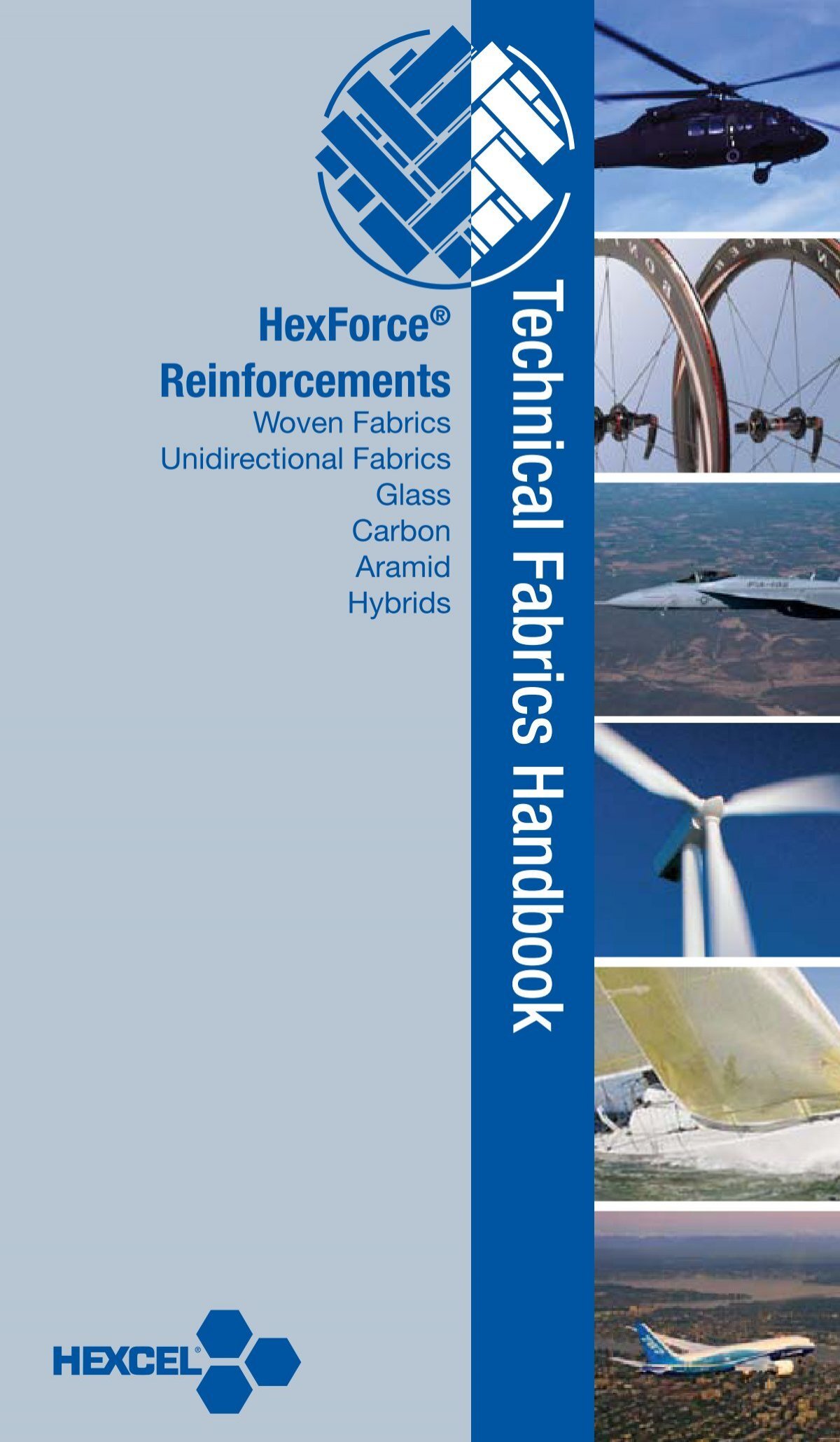Bidirectional Woven Kevlar - Style 350
Descrição
Bidirectional Woven Kevlar - Style 350 Kevlar 49 aramid fiber was introduced commercially in 1972 and is the Du Pont registered trademark for its new high strength, high modulus organic fiber.
**Note: These products are sold by the yard**# 120 ( # 350 ). 1.8 oz per Sq/Yd. Thickness: .0035". Weave: Plain"Kevlar" 49 aramid fiber was introduced commercially in 1972 and is the Du Pont registered trademark for its new high strength, high modulus organic fiber. It combines high tensile strength (43,000 PSI) and high modulus (19 million PSI) with light weight and toughness superior to other reinforcing fibers for plastics. It is available in yarns and rovings which meet all FAA requirements for flammability. It shows no degradation in jet fuel, lubricating oils, water, salt water or high humidity. At cryogenic temperatures (-320°F.) performance is excellent with essentially no embrittlement or degradation of fiber properties. Kevlar 49 can offer both a significant weight saving and improved stiffness versus glass in addition to superior vibration damping and good impact resistance. A kayak made with Kevlar 49, for example, weighs about 18 pounds while the weight of a comparable boat made with glass would be over 30 pounds. The advantages over glass in small aircraft are similar - weight savings and improved impact resistance. Kevlar 49 is used in a number of parts on the Lockheed L-1011 because of weight savings of up to 30% compared to similar parts made of glass. One unusual benefit of Kevlar is its "quietness". A cowling made of Kevlar will be quieter and less sensitive to engine vibrations than its glass or graphite counterpart.Although all of the processes used in combining resins with glass fiber are adaptable to Kevlar 49 with little or no modification, it has been found that the vinyl ester type system is most compatible. The use of polyesters is not recommended because of poor bonding with Kevlar. The modified epoxy resin system featured in this catalog is compatible with Kevlar 49 and has good wetting characteristics.Kevlar 49 is stocked in three different fabric styles. Kevlar #120 is a very lightweight fabric, while #281 and #285 are identical except for the weaving pattern. Other weights and weaves of Kevlar are available on a special order basis. Be sure to specify the Kevlar style when ordering.
**Note: These products are sold by the yard**# 120 ( # 350 ). 1.8 oz per Sq/Yd. Thickness: .0035". Weave: Plain"Kevlar" 49 aramid fiber was introduced commercially in 1972 and is the Du Pont registered trademark for its new high strength, high modulus organic fiber. It combines high tensile strength (43,000 PSI) and high modulus (19 million PSI) with light weight and toughness superior to other reinforcing fibers for plastics. It is available in yarns and rovings which meet all FAA requirements for flammability. It shows no degradation in jet fuel, lubricating oils, water, salt water or high humidity. At cryogenic temperatures (-320°F.) performance is excellent with essentially no embrittlement or degradation of fiber properties. Kevlar 49 can offer both a significant weight saving and improved stiffness versus glass in addition to superior vibration damping and good impact resistance. A kayak made with Kevlar 49, for example, weighs about 18 pounds while the weight of a comparable boat made with glass would be over 30 pounds. The advantages over glass in small aircraft are similar - weight savings and improved impact resistance. Kevlar 49 is used in a number of parts on the Lockheed L-1011 because of weight savings of up to 30% compared to similar parts made of glass. One unusual benefit of Kevlar is its "quietness". A cowling made of Kevlar will be quieter and less sensitive to engine vibrations than its glass or graphite counterpart.Although all of the processes used in combining resins with glass fiber are adaptable to Kevlar 49 with little or no modification, it has been found that the vinyl ester type system is most compatible. The use of polyesters is not recommended because of poor bonding with Kevlar. The modified epoxy resin system featured in this catalog is compatible with Kevlar 49 and has good wetting characteristics.Kevlar 49 is stocked in three different fabric styles. Kevlar #120 is a very lightweight fabric, while #281 and #285 are identical except for the weaving pattern. Other weights and weaves of Kevlar are available on a special order basis. Be sure to specify the Kevlar style when ordering.

Bidirectional Woven Kevlar - Style 350
product description: Pure Carbon Fiber Fabric, advanced material nano tube technology. Lightweight yet extremely strong. This carbon fiber cloth

5 FT x 12 - Carbon Fiber FABRIC-2x2 Twill WEAVE-3K/220g

HexForce® US Technical Fabrics Handbook - Hexcel.com

Woven Composite Fabrics

Woven Composite Fabrics
This KEVLAR® 49 fabric is ideal for impact-resistant applications that call for excellent specific tensile strength and minimum weight. The signature

KEVLAR® Twill Weave Fabric

Multi‐scale modeling of three‐dimensional angle interlock woven composite subjected to ballistic impact using FEM - Dewangan - 2020 - Polymers for Advanced Technologies - Wiley Online Library

Materials, Free Full-Text
is ideal for impact-resistant applications that call for excellent specific tensile strength and minimum weight, in plain weave form is the most

Plain Weave 50 Kevlar

Effect of ageing conditions on the low velocity impact behavior and damage characteristics of aramid-basalt/epoxy hybrid interply composites - ScienceDirect
de
por adulto (o preço varia de acordo com o tamanho do grupo)







